Is a 20-Gallon Tank Big Enough for a Snake?
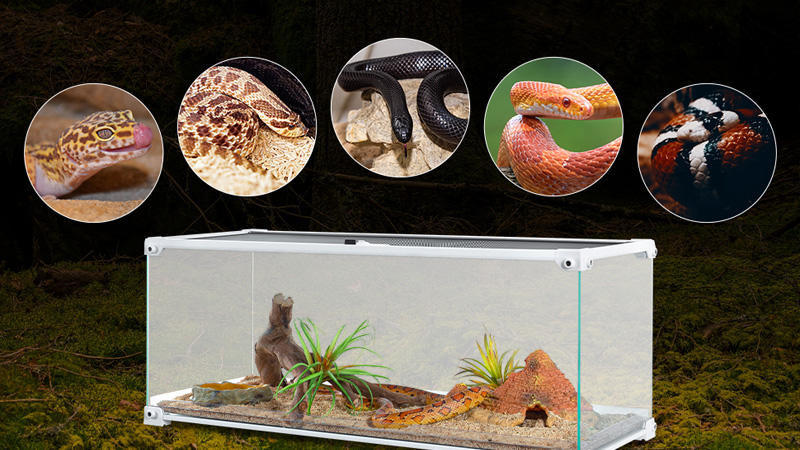
Photo by OIIBO on Amazon
When it comes to keeping snakes as pets, providing them with an appropriate habitat is crucial for their well-being. One of the primary considerations when setting up a snake enclosure is the size of the tank or terrarium. A common question that arises among beginner snake keepers is whether a 20-gallon tank is big enough for their slithery companion.
In this article, we will delve into the topic of tank size requirements for snakes, specifically focusing on whether a 20-gallon tank provides adequate space for these fascinating reptiles.
Snake Behavior and Habitat Requirements
Before determining whether a 20-gallon tank is suitable for a snake, it's essential to understand the behavior and habitat requirements of these creatures. Snakes are cold-blooded reptiles that require a warm environment to regulate their body temperature. They also need enough space to move around, explore, hide, and feel secure in their enclosure. In captivity, it's essential to mimic their natural habitat as closely as possible to ensure their physical and psychological well-being.
Different species of snakes have varying space requirements based on their size, activity level, and natural habitat. Some snakes are arboreal and require vertical space for climbing, while others are terrestrial and need more horizontal space for movement. Therefore, the tank size needed for a snake largely depends on its species, size, and specific needs.
Evaluating a 20-Gallon Tank for Snakes
A 20-gallon tank can be considered suitable for certain species of snakes, particularly smaller and less active individuals. However, it's important to note that this tank size may not be adequate for larger or more active species that require more space to thrive. Let's explore the pros and cons of using a 20-gallon tank for snakes:
Pros:
Affordability and Convenience: A 20-gallon tank is relatively affordable and easier to set up compared to larger enclosures. It can be a good starting point for beginner snake owners or those with limited space.
Suitability for Small Snakes: Species of snakes that are small in size and less active, such as some corn snakes or juvenile ball pythons, may be comfortable in a 20-gallon tank.
Easy Monitoring: A smaller tank allows for better visibility and monitoring of your snake's behavior, health, and feeding habits.
Cons:
Limited Space: A 20-gallon tank may not provide enough space for larger or more active snake species to move around, stretch out, or exhibit natural behaviors.
Heat and Humidity Control: Maintaining optimal temperature and humidity levels can be challenging in a smaller tank, as it may compromise the overall environmental conditions for your snake.
Long-Term Suitability: As your snake grows or if you plan to house multiple snakes, a 20-gallon tank may quickly become cramped and require upgrading to a larger enclosure.
Suitability for Different Snake Species:
While a 20-gallon tank may be appropriate for certain snake species, it may not be suitable for others. Here's a breakdown of the suitability of a 20-gallon tank for some common snake species:
1. Corn Snake (Pantherophis guttatus)
Corn snakes are moderate-sized snakes that typically reach lengths of 3 to 5 feet as adults. A 20-gallon tank may be suitable for a young or small corn snake, but larger individuals will require a larger enclosure to accommodate their size.
2. Ball Python (Python regius)
Ball pythons are relatively small and docile snakes that typically reach lengths of 3 to 5 feet as adults. While a 20-gallon tank may suffice for a juvenile ball python, adult specimens will require larger enclosures, such as a 40-gallon breeder tank or larger.
3. Kenyan Sand Boa (Gongylophis colubrinus)
Kenyan sand boas are small, burrowing snakes that typically reach lengths of 18 to 24 inches as adults. A 20-gallon tank may be suitable for a single adult Kenyan sand boa, provided that it is set up with appropriate substrate for burrowing and hiding places.
4. Garter Snake (Thamnophis spp.)
Garter snakes are small to medium-sized snakes that typically reach lengths of 2 to 4 feet as adults. A 20-gallon tank may be suitable for a single adult garter snake, although larger enclosures are preferred to provide more space for movement and enrichment.
Alternatives to a 20-Gallon Tank for Snakes
While a 20-gallon tank may be suitable for certain small snake species, there are alternative enclosure options that may better accommodate the needs of larger or more active snakes.
Here are some alternatives to consider:
40-Gallon Tank or Larger: Upgrading to a 40-gallon tank or larger provides more space for larger snake species to move, explore, and exhibit natural behaviors.
Custom Enclosures: Consider investing in a custom-built enclosure that is tailored to your snake's specific needs, allowing for more flexibility in size and design.
Bioactive Vivariums: Creating a bioactive vivarium with live plants, branches, and natural substrates can offer a more enriching environment for your snake, regardless of tank size.
Stackable Enclosures: Stackable enclosures or rack systems can be space-efficient and practical for housing multiple snakes in separate compartments.
Conclusion
In conclusion, while a 20-gallon tank can be sufficient for certain small or less active snake species, it may not provide enough space or environmental control for larger or more active snakes. It's essential to consider your snake's species, size, growth potential, and habitat requirements when selecting an enclosure size. Providing an appropriate and stimulating environment for your snake is key to ensuring their health, well-being, and overall quality of life.
Remember to research your snake species thoroughly, consult with experienced snake keepers or reptile veterinarians, and prioritize creating a habitat that meets your snake's individual needs. Whether you opt for a 20-gallon tank or a larger enclosure, the well-being of your snake should always be the top priority in their care and husbandry.
You May Also Like
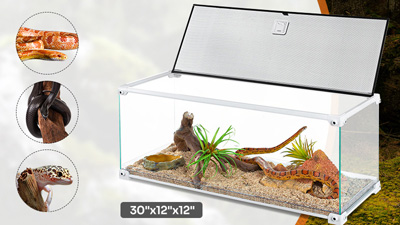 Other PetsThe Versatile and Essential 20 Gallon Reptile Tank
Other PetsThe Versatile and Essential 20 Gallon Reptile Tank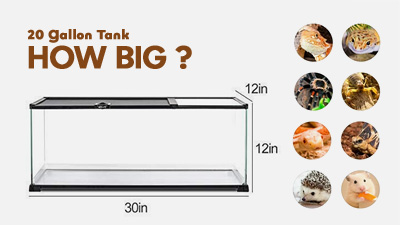 Other PetsHow Big is a 20-Gallon Reptile Tank in Inches?
Other PetsHow Big is a 20-Gallon Reptile Tank in Inches?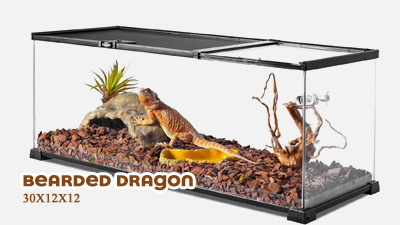 Other PetsIs a 20-Gallon Tank OK for a Bearded Dragon?
Other PetsIs a 20-Gallon Tank OK for a Bearded Dragon?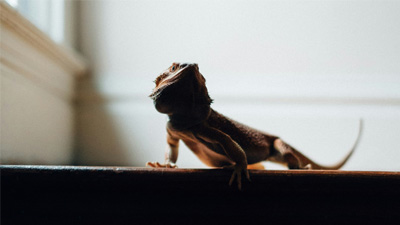 Other PetsThe Top 5 Characteristics of Reptiles
Other PetsThe Top 5 Characteristics of Reptiles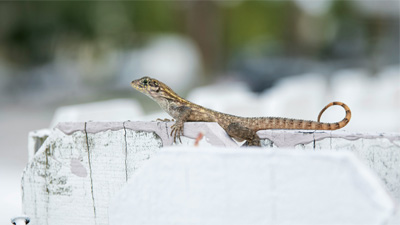 Other PetsExploring Reptiles for Small Spaces: Ideal Pets for Beginners
Other PetsExploring Reptiles for Small Spaces: Ideal Pets for Beginners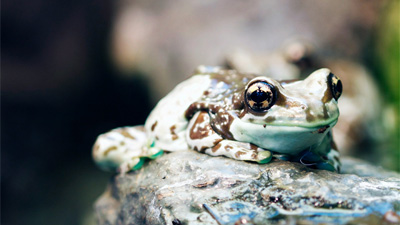 Help & AdviceExploring 10 Easiest Exotic Pets to Take Care Of
Help & AdviceExploring 10 Easiest Exotic Pets to Take Care Of